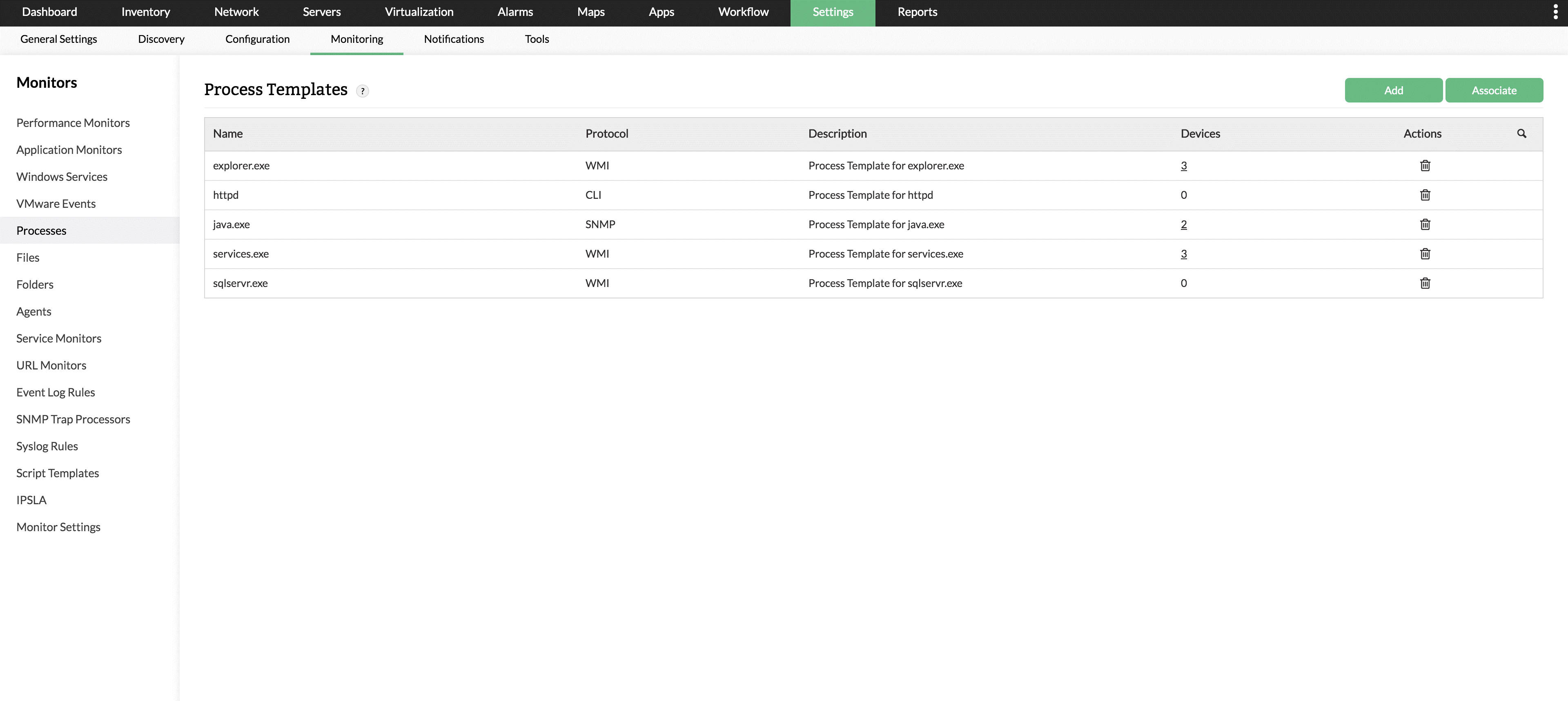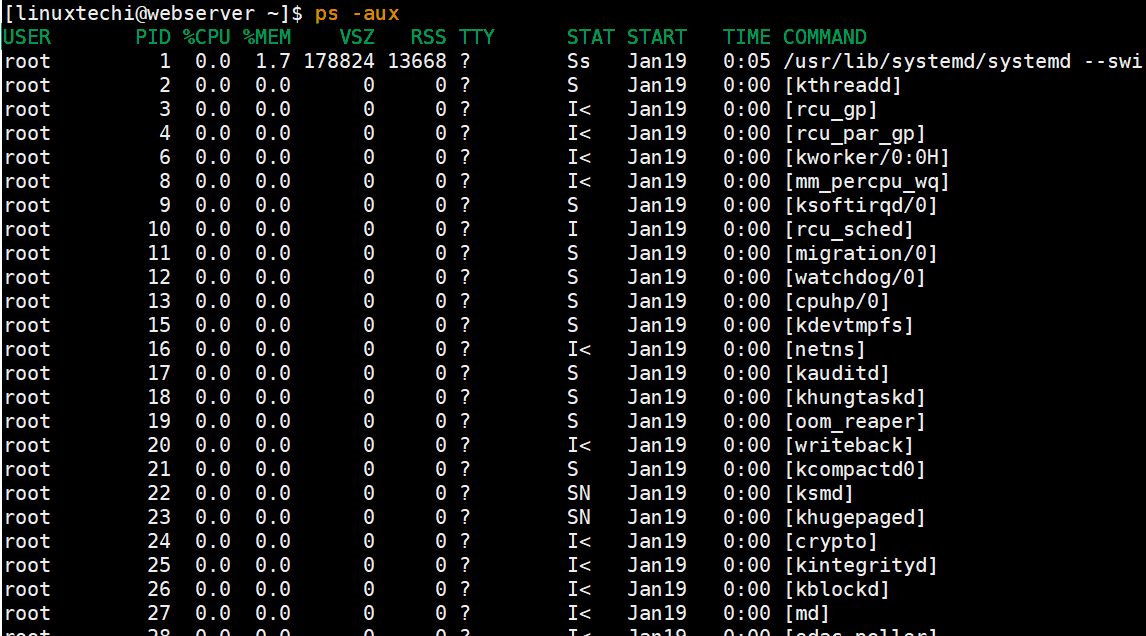

If you attempt killing someone else’s process, you’ll get an error.

Killing other users’ processes is allowed only when you’re running as root. We’ll use in place of a numeric process ID that will be specific to your needs. Although most commonly we’re using kill -9 and kill -15, there are a few more really useful signals that you should know about. There’s quite a few ways to notify a Unix process that you want it to terminate. Press Enter one more time after typing the command, and you should see the confrimation that process is killed: + Killed sleep 60 Signals You Can Send with kill Command Perfect! 26756 is the process ID, let’s double-check that: ~]$ ps -aef | grep 26756 Let’s start a sleep process for 60 seconds and make it run in background: ~]$ sleep 60 & You’re also usually specifying a signal ID (specific action of kill command) – most common is signal 9 (SIGKILL).

The simplest form of using kill command needs a process ID. It’s also capable of sending a specific signal to a process, allowing it to complete with variable levels of gracefulness. Kill command is used for stopping a process in Unix.


 0 kommentar(er)
0 kommentar(er)
